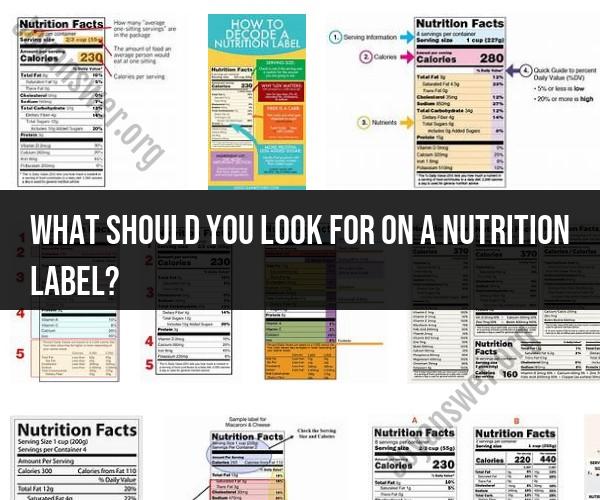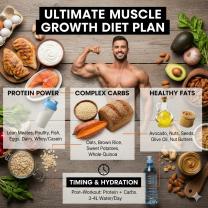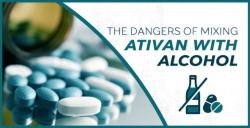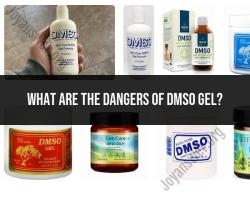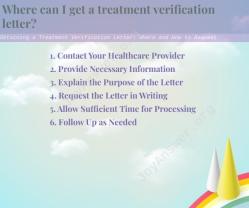What should you look for on a nutrition label?
When deciphering a nutrition label, it's essential to look for key information that can help you make informed and healthier food choices. Here's what you should look for on a nutrition label:
Serving Size: Check the serving size to understand how much of the product the nutrition information applies to. All other values on the label are based on this serving size. Be mindful of portion sizes to manage calorie and nutrient intake.
Calories: The number of calories per serving provides information about the energy content of the food. Be aware of your daily calorie needs and how this serving fits into your overall diet.
Macronutrients:
- Total Fat: Note the total fat content and the grams of saturated and trans fats. Aim to limit saturated and trans fats, as they are associated with health risks.
- Cholesterol: Check the cholesterol content, particularly if you're monitoring your cholesterol intake.
- Sodium (Salt): Be aware of the sodium content, especially if you need to reduce your salt intake for health reasons.
Total Carbohydrates: Look at the total carbohydrates and the breakdown into dietary fiber and sugars. Dietary fiber is beneficial for digestion, while added sugars should be limited.
Protein: Observe the protein content, which is important for muscle maintenance and repair.
Vitamins and Minerals: Nutrition labels may provide the percentages of the Daily Value (DV) for certain vitamins and minerals. Use these values to assess the nutrient content of the food.
Percent Daily Value (%DV): The %DV shows how much a nutrient in one serving of the food contributes to your daily nutrient intake based on a 2,000-calorie diet. It can help you determine if a food is high or low in a specific nutrient. A %DV of 5% or less is considered low, while 20% or more is high.
Ingredients List: Examine the ingredients list to identify what's in the product. Ingredients are listed in descending order by weight, with the most significant component listed first. Be cautious of items like added sugars, artificial additives, and preservatives.
Allergen Information: Check for allergen warnings or notes if you have food allergies or sensitivities. Manufacturers are required to list common allergens.
Nutrient Claims: Pay attention to nutrient content claims on the packaging, such as "low fat," "high fiber," or "excellent source of vitamin C." These claims provide quick information about the product's nutritional characteristics.
Health Claims: Some foods may include health claims or statements related to specific health benefits. These are regulated by the FDA and can provide valuable information about the potential health advantages of the product.
"Per Package" Information: For single-serving packages, check whether the nutrition information is labeled "per package" or "per serving." It's essential to know whether you're consuming the entire package or just a portion.
Remember that the information on nutrition labels is based on a single serving, so if you eat more or less than the specified serving size, adjust the values accordingly. Reading and understanding nutrition labels can help you make healthier dietary choices and manage your nutrient intake more effectively.
